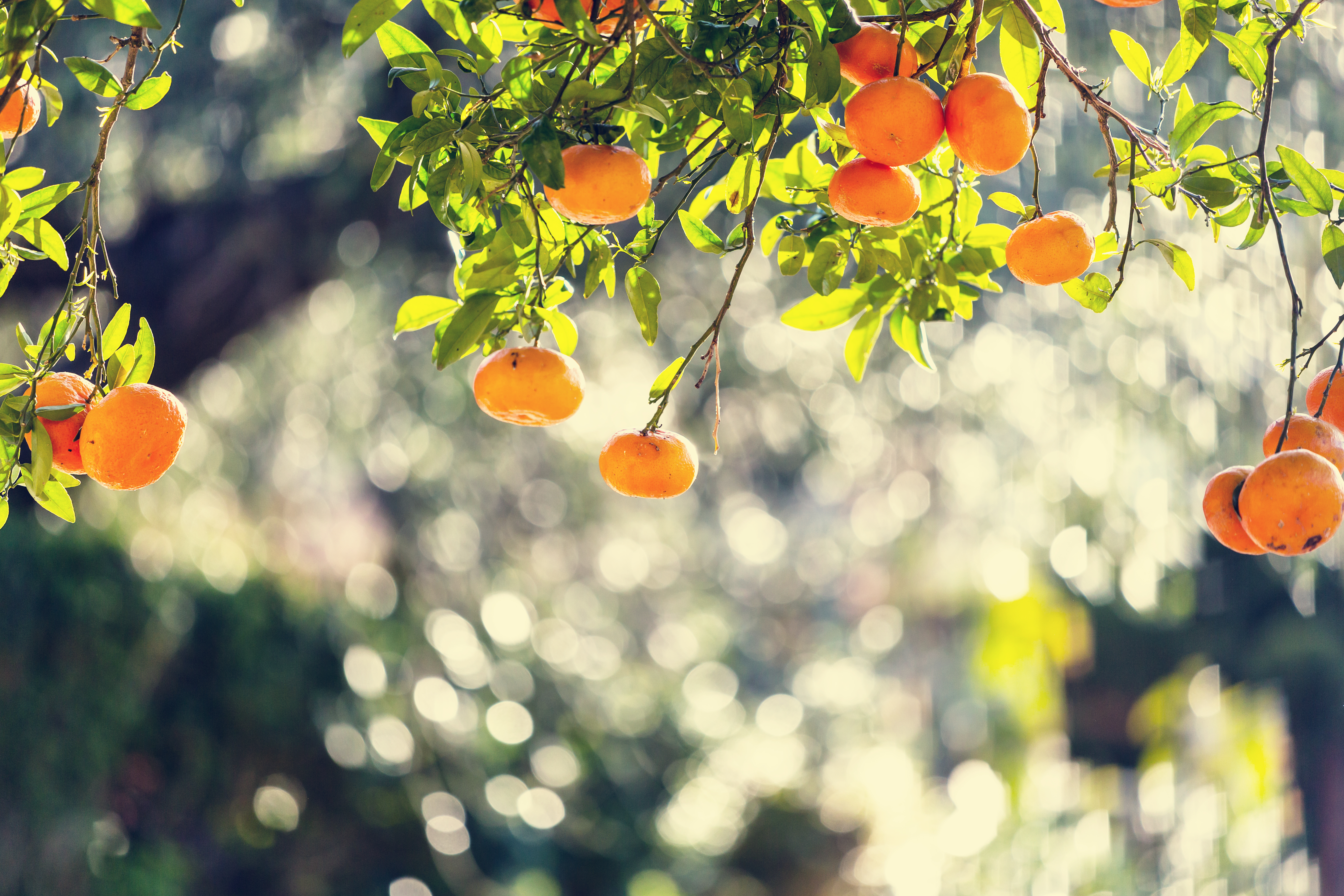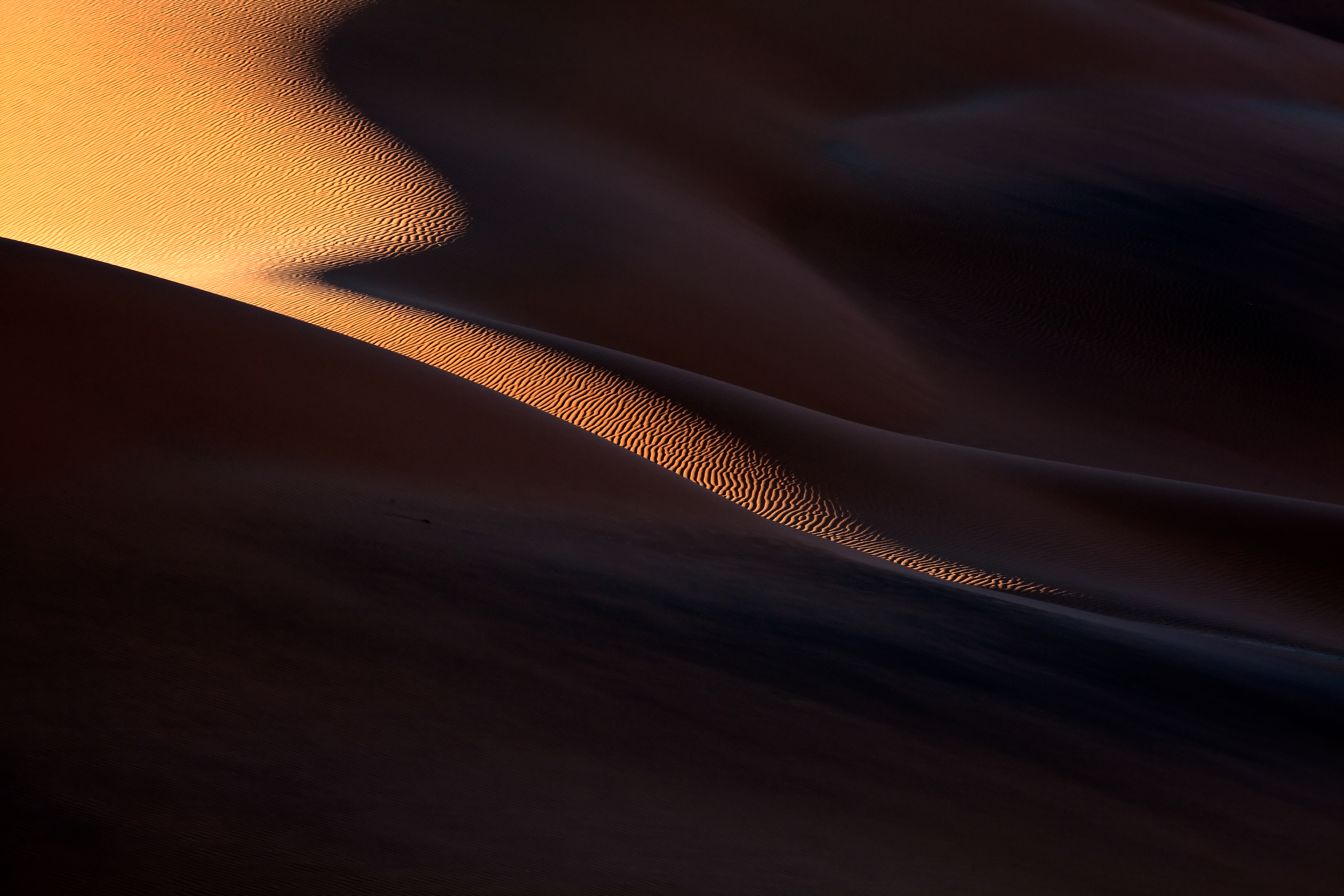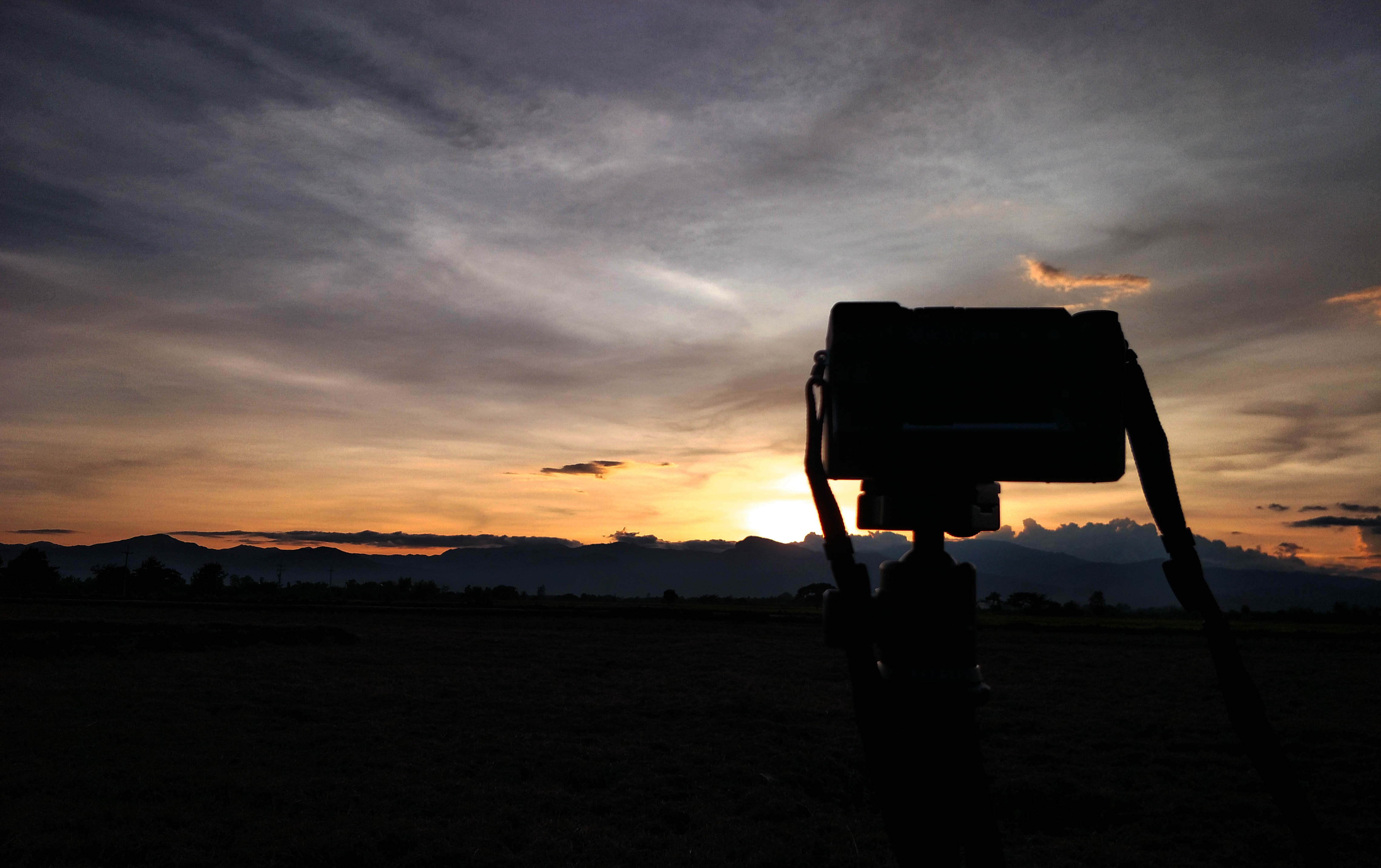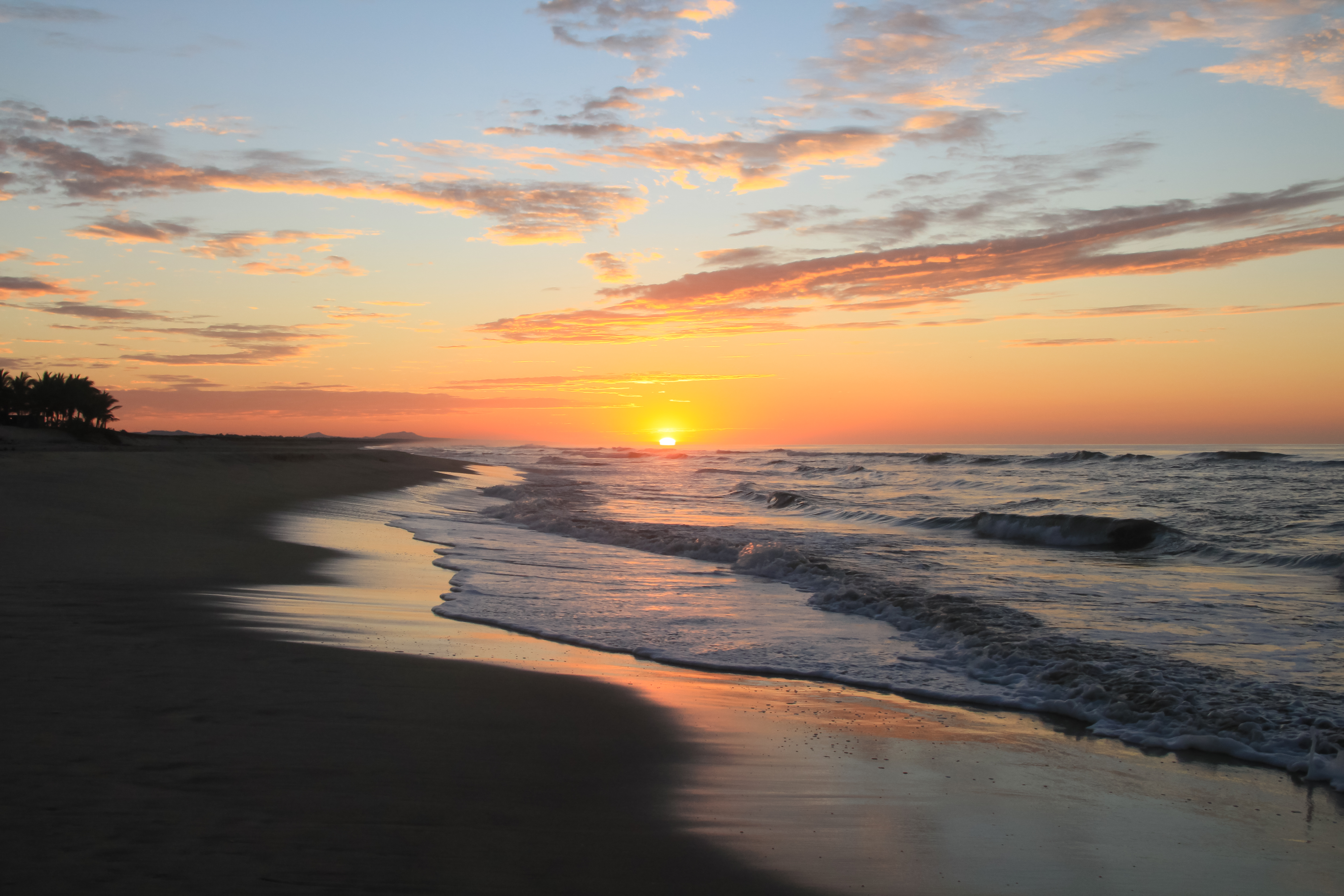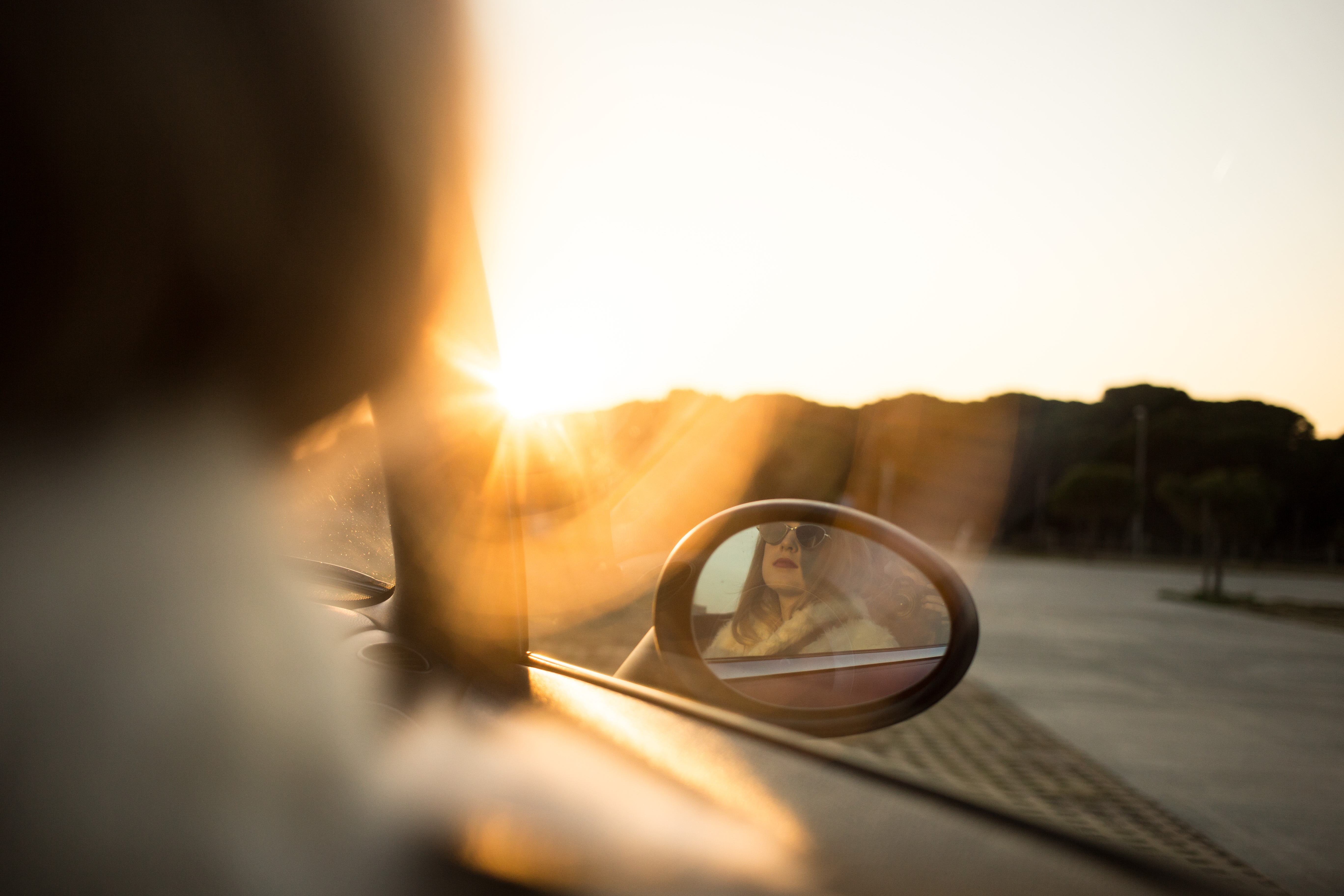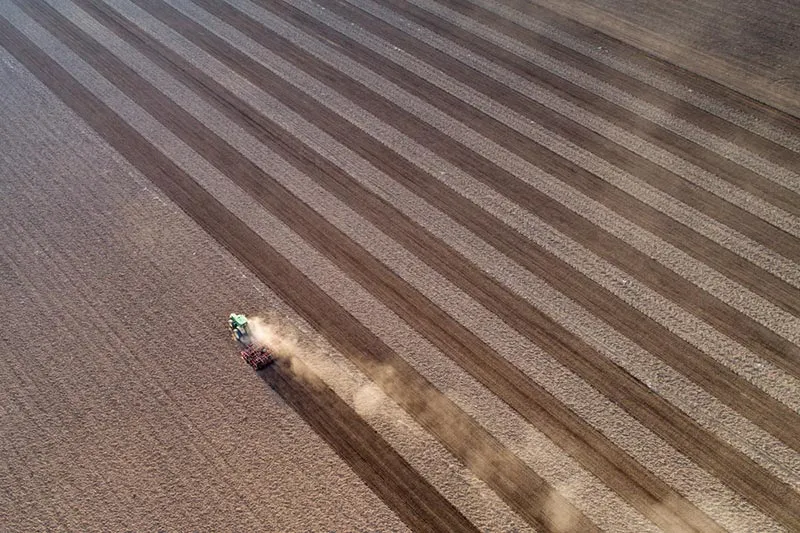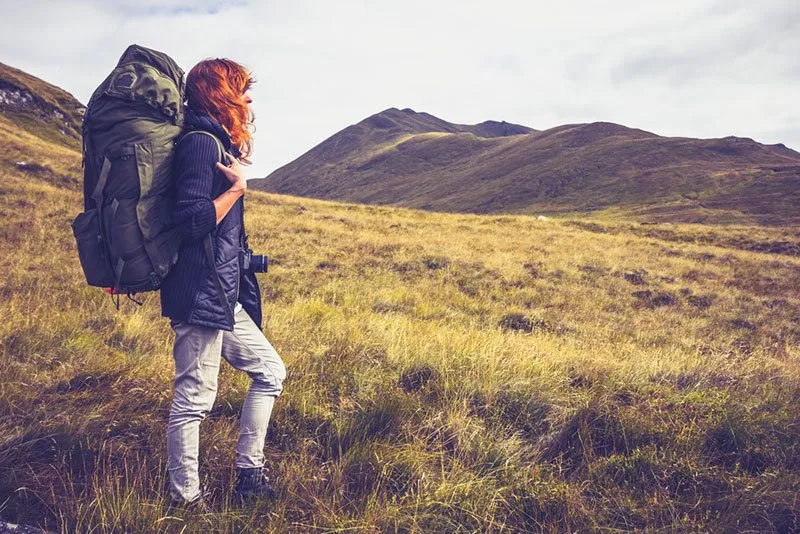Photography Terminology Every Professional Must Know
When you’re just making your first steps in a profession, learning the basic foundation and terminology is the first place to start. In photography, you inevitably learn all the important words and their meanings as you proceed with theory. But even then, you’re expected to remember hundreds of words at once that would help you master your professional skills but also show that you’re in the know.
Those who have already been in the industry for a while are definitely familiar with the most useful photography terms but let’s be honest, refreshing the photography basics wouldn’t be busy work.
Considering that polishing up the basics is always relevant for both enthusiasts and professionals, we’ve made a complete guide to photography terminology that you can always keep at hand if you’re feeling lost.
From A to Z: 30 Photography terms you must know
1. Aperture
Aperture is the size of the opening in the lens through which light travels to the sensor. To put it simply, when the aperture is open, the background is blurred, while when it’s decreased, all objects in the frame look sharp. An aperture is measured in f-stops and influences the DOF (depth of field).
2. Aspect Ratio
An aspect ratio is defined as the proportion of the image width and height. It is a crucial factor that influences image quality. The aspect ratio is always presented in the x:y format, namely, of two numbers. The most common aspect ratios are 1:1, 4:3, and 16:9.
3. Blue hour
The blue hour is the time just before the sun rises or after the sun sets. At these hours, the light is indirect, soft, and has a bluish tint. The sky might also be colored in yellowish or pinkish undertones, making the blue hour perfect for mastering your skills in any photography genre, from landscape to architectural photography.
4. Bokeh
Bokeh can be defined as the artistic blurring of the background that makes photography look surreal and dreamy. It does not have any particular rules but the secret of a great bokeh lies in the blurring quality. You should also remember that lens settings and properties affect the shape, size, and other characteristics of the bokeh effect as well.
5. Bracketing
Bracketing means taking a burst of three or more shots with slightly different EV (exposure values). In the settings of both DSLRs or mirrorless cameras, it is presented as AEB (auto exposure bracketing). For perfect bracketing, you should use a tripod and timer to ensure that all shots in a series are taken from the same vantage point.
6. Bulb
The bulb is a camera setting mode that allows you to manually set the time during which the shutter will open. This mode is particularly useful when taking pictures in poor light conditions. However, you need to use a tripod and a timer for sharp shots.
7. Composition
Composition in photography is the way visual elements are arranged. In general, there are 10 basic composition rules that every professional should keep in mind. They include the rule of thirds, the golden ratio and other principles that can help you perfect your photography skills and eventually figure out how to break the standard rules in photography creatively.
8. Contrast
In photography, contrast is a tool used to draw attention to an object. There are two types of it:
- tonal contrast
- color contrast
The first one implies varying brightness in different areas that makes an image look more explicit. Color contrast is when two contrasting colors prevail in photography. It turns out that the more colors in the frame, the smaller the color contrast is.
9. Depth of field
DOP or depth of field is the distance between the nearest and the furthest points in an image. It is one of the most important photography terms and tools that allows one to focus the audience’s attention on the exact subject, varying what is in focus in the final frame.
10. Distortion
Another term every photographer must know is distortion. It is when straight lines bend because captured objects are located at different distances from you. Most often, it happens when you need to tilt the camera to take a picture of a high-rise building or a huge monument.
11. Dynamic range
Dynamic range or exposure rage is the range of brightness of objects that the camera perceives as from black to white. In other words, the higher the dynamic range is, the more details and colors can be captured. If the dynamic range of objects is higher then the overall dynamic range of the camera, all images will be overexposed.
12. DSLR
DSLR or Digital Single Lens Reflex Camera is a camera that uses a mirror to direct light from the lens into the viewfinder. At the beginning of the last decade, DSLRs were extremely popular among both photography enthusiasts and professionals. Meanwhile, nowadays, more and more people switch to lighter and more compact mirrorless alternatives.
13. Exposure
Exposure means the amount of light that hits the camera sensor during a certain period of time. If a photograph is darker than the real scene, the picture is underexposed. Conversely, if a picture is lighter, it is overexposed. In general, exposure is affected by three main factors: shutter speed, aperture, and sensitivity (ISO). They are also often referred to as the Exposure Triangle.
14. Exposure Value
EV (exposure value) is a technical term characterizing the lighting conditions and the exposure parameters required for taking images under given conditions. It works according to the principle: the higher the number, the lower the exposure.
15. Focal length
Focal length is the distance from the optical center of the lens to the camera sensor that is indicated in millimeters. It is one of the most important values that characterize a lens and thus, a basic photography term every professional should know.
16. F-stop
F-stop determines the aperture value. It implies the ratio of the opening size of the aperture and the focal length. The smaller the aperture value, the larger the diameter of the opening and, thus, the greater the amount of light travels to the camera sensor.
17. Golden hour
The golden hour is the first hour after the sun rises and the last hour before the sun sets. At this time, the lighting is soft and diffused. There are no sharp shadows and all the images you take during the golden hour have warm, golden glow.
18. HDR
HDR or High Dynamic Range Imaging is a photography technology that provides for bright colors and shades, clarity of objects, as well as optimized brightness of the picture. HDR involves a range of frames that have different parts of the image in focus that are combined into one during the post-processing, for instance. Bracketing mentioned above is often used for creating HDR images.
19. ISO
The definition of ISO is quite short – it is the sensitivity of the camera sensor to light. ISO allows to adjust the frame brightness without changing the shutter speed and aperture. The higher the ISO value, the less time it takes for the sensor to scan the image from the lens.
20. JPEG
JPEG stands for Joint Photographic Experts Group is an in-camera compressed format of graphics. It can also be defined as a method of lossy compression available with the majority of DSLRs. Why lossy? Because the camera automatically deletes some image bits so it could weigh less.
21. Lens Flare
Lens Flare refers to the reflection of light on the camera lens. It is often used to increase the perceived brightness of the image, as well as to add more ambiance to it.
22. Long Exposure
Long exposure is a photography tool that allows you to create artistic shots with blurred light trails or captured subject movement. Although being quite tricky as you’ll need to adjust the ISO, shutter speed, and aperture manually, long exposure photography is especially fascinating during the night time. You just need to have a sturdy tripod at hand.
23. Manual
Manual or manual mode in photography is camera settings that allow you to control the shutter speed, ISO, and aperture. However, it is quite complex and you definitely need to have a solid foundation in photography.
If you want to know more about manual photography, we’ve created a crash course that will guide you through all the basics.
24. Mirrorless Camera
Mirrorless cameras, unlike DSLRs, don’t have a mirror inside. When photographers look through the viewfinder, they see exactly what the lens “sees”. The advantage of mirrorless cameras over DSLRs is that they are lighter, smaller and perfectly fit for everyday photography.
25. Noise
Noise is a defect with chaotic colored or monochrome pixels being scattered all over the image. The more noise there is, the more grainy the picture looks. Among factors that influence noise are camera sensors and high ISO.
26. Orientation
You’re definitely familiar with this photography term but we couldn’t help but mention it in our guide to the basic terms. In short, orientation is the way you take an image. It is divided into two types: vertical (portrait) and horizontal (landscape).
Speaking of the most popular one right now, vertical orientation is the latest trend in both stock and Instagram photography.
27. RAW
RAW is a format of graphics that contains unprocessed or minimally processed data. It weighs more than JPEG but when it comes to professional editing or post-production, it allows you to enhance images without significantly losing image quality. Photographers have more control with editing RAW file formats as opposed to JPEG.
28. Shutter speed
Shutter speed is the time when the camera shutter is open to the light. It works according to the principle that if you are shooting moving objects, the shutter speed should be short to get a clear picture. Briefly, using a short shutter speed allows you to get a photograph that is balanced in sharpness.
29. Viewfinder
Viewfinder is the camera element that allows photographers to see the image they would like to capture. Its aim is to indicate the frames of the desired image, helping to adjust the focus or camera tilt. The viewfinder is the camera’s window into the world. Mind that images will not always come out exactly as you see in your viewfinder due to changes in basic camera settings.
30. White balance
White balance is an important word to include in your photography vocabulary. It can be defined as camera settings that allow you to control the color temperature of an image. The bluish or yellowish tones appear on the image when the white balance was set incorrectly during the shooting. However, sometimes it can be added for artistic purposes during the post-processing stage.
Keep these photography terms at hand and turn to them every time you feel like refreshing the basics. We’d also like to share with you a couple of other articles that would inspire you to master your photography skills even more and motivate you to experiment with different genres:
1. 9 Endless Sources for Photography Inspiration
2. Popular Photography Genres: Quotes, Images and Articles for Inspiration
